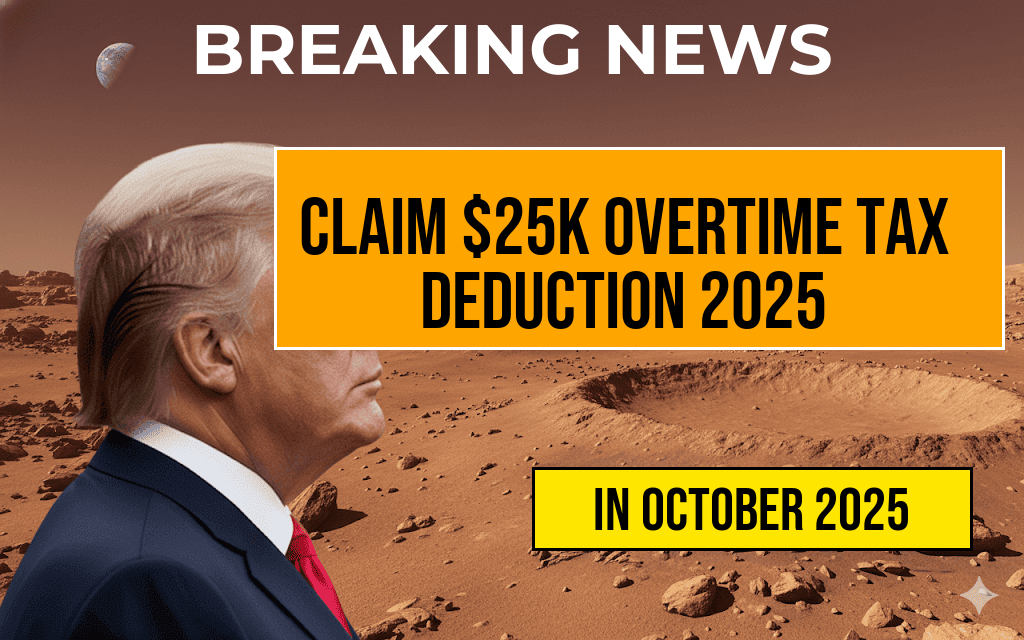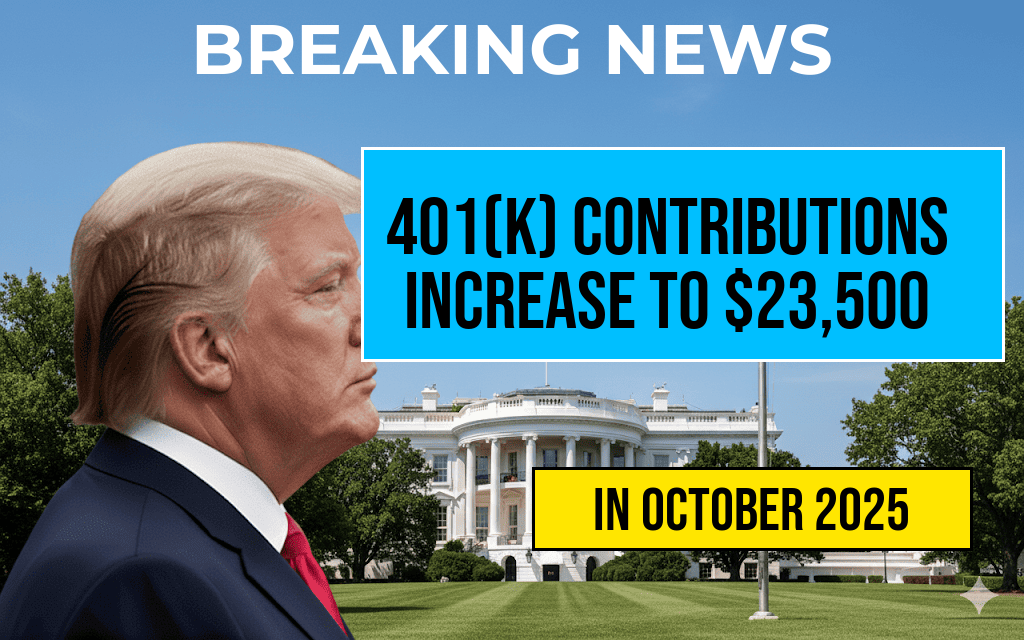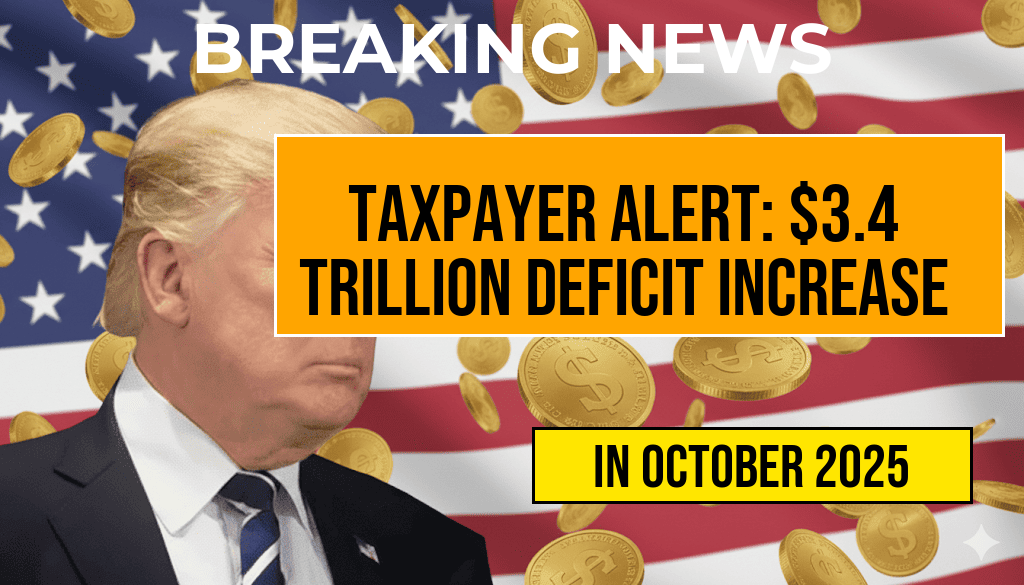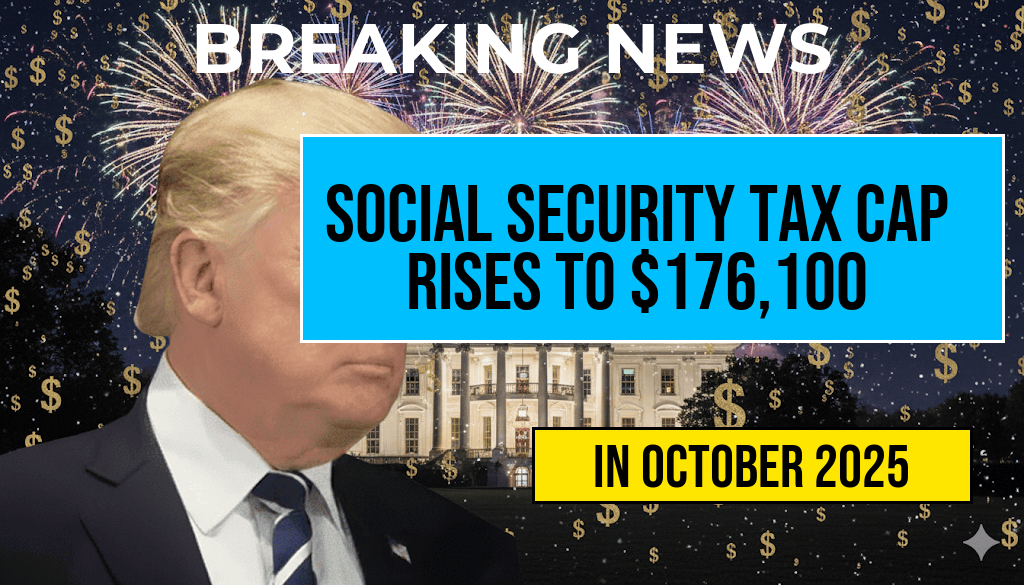Taxpayers are facing a potential financial storm as a new analysis reveals that the ambitious “One Big Beautiful Bill” could increase the federal deficit by an astonishing $3.4 trillion over the next decade. This sweeping legislation aims to address various socio-economic challenges, including healthcare, education, and infrastructure. However, critics argue that the projected costs far outweigh the anticipated benefits, raising concerns about long-term fiscal sustainability. Proponents of the bill assert that the investments will stimulate economic growth and improve quality of life for millions of Americans. As debates intensify in Congress, the implications of this legislation on taxpayer wallets and the national deficit are becoming increasingly critical.
Understanding the Financial Implications
The analysis, conducted by the Congressional Budget Office (CBO), provides a detailed examination of the expected fiscal impact of the proposed legislation. The CBO’s projections indicate that the costs associated with the “One Big Beautiful Bill” will not only add to the national deficit but could also exacerbate existing budgetary challenges.
Key Components of the Bill
- Healthcare Reform: A major focus of the bill is to expand access to healthcare services, including mental health and preventive care. While these measures are aimed at improving public health, they come with significant price tags.
- Infrastructure Investment: The legislation includes provisions for upgrading aging infrastructure, particularly in transportation and public utilities. Supporters claim these investments will create jobs and stimulate economic activity.
- Education Funding: The proposal also seeks to increase funding for public education systems, emphasizing early childhood education and accessibility for disadvantaged communities.
Projected Economic Impact
The CBO’s report highlights several factors that will contribute to the projected deficit increase, including the expansive nature of the bill and the long-term commitments it entails. While the government anticipates generating revenue through higher taxes on corporations and wealthy individuals, critics argue that these measures may not yield the expected results.
Revenue Generation vs. Expenditure
Supporters of the bill assert that the increased tax revenues will offset a significant portion of the costs. However, the CBO warns that anticipated revenue growth may not keep pace with expenditures, leading to a widening deficit. The following table summarizes the projected costs and revenues associated with the bill:
| Component | Projected Cost (in Trillions) | Projected Revenue (in Trillions) |
|---|---|---|
| Healthcare Reform | $1.5 | $0.5 |
| Infrastructure Investment | $1.2 | $0.4 |
| Education Funding | $0.7 | $0.3 |
| Total | $3.4 | $1.2 |
Public Reaction and Political Landscape
As the bill moves through Congress, public opinion remains divided. Some voters express support for the initiatives that aim to improve healthcare and education, viewing them as necessary investments in the nation’s future. Others, however, are concerned about the fiscal responsibility of the government and the potential impact on their personal taxes.
Political Divisions
Political leaders are also split on the issue. While Democrats largely support the bill, emphasizing its potential to address systemic inequalities, Republicans warn of the dangers of increasing the national debt. The debate is expected to heat up as Congress prepares for votes, with both sides preparing to make their cases to the American public.
Looking Ahead
As lawmakers grapple with the implications of the “One Big Beautiful Bill,” the potential for a significant increase in the federal deficit raises questions about the future of fiscal policy in the United States. The outcome of this legislation could set a precedent for how the government approaches large-scale spending initiatives, impacting taxpayers for years to come.
For more detailed insights, you can visit the official CBO report or read further analysis on Forbes.
Frequently Asked Questions
What is the ‘One Big Beautiful Bill’?
The ‘One Big Beautiful Bill’ refers to a proposed piece of legislation that aims to implement significant changes in various sectors, but it has raised concerns regarding its potential financial impact.
How much is the projected increase in the deficit due to this bill?
The projected increase in the deficit due to the implementation of the bill is estimated to be around $3.4 trillion, which has sparked debates among policymakers and economists.
What are the key concerns regarding the bill?
Key concerns about the ‘One Big Beautiful Bill’ include its contribution to the national deficit, potential inflationary effects, and the long-term sustainability of funding various programs proposed within the legislation.
Who is most likely to be affected by the bill?
The bill is expected to affect a wide range of stakeholders, including taxpayers, government agencies, and various industries that could see changes in funding or regulation as a result of the proposed measures.
What can taxpayers do to stay informed about the bill’s progress?
Taxpayers can stay informed about the ‘One Big Beautiful Bill’ by following news updates, reading official government announcements, and engaging with advocacy groups that monitor fiscal policies and their implications.











